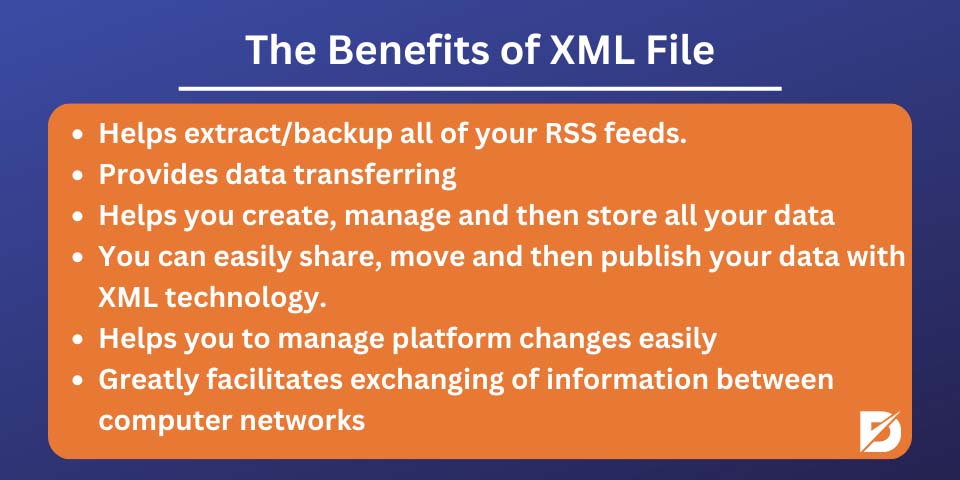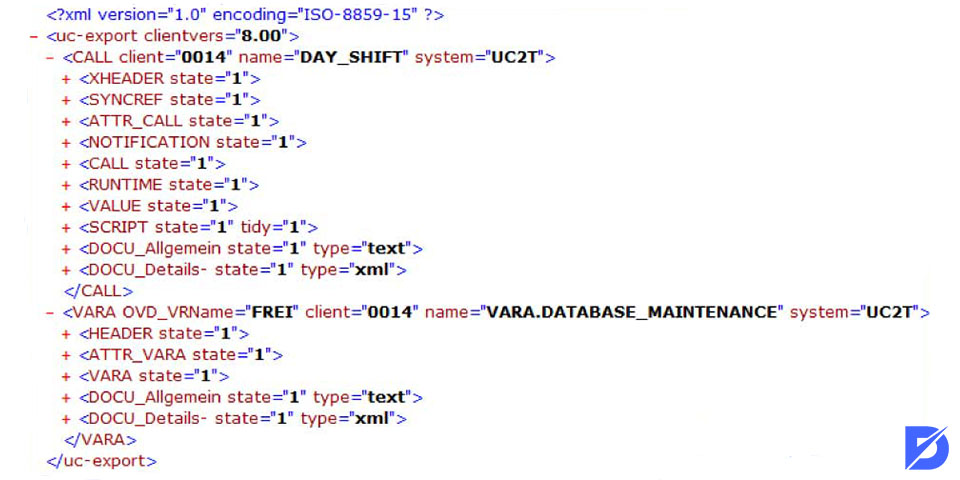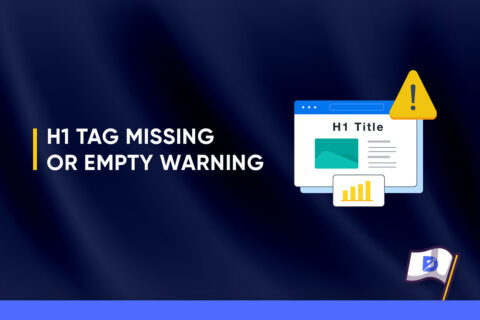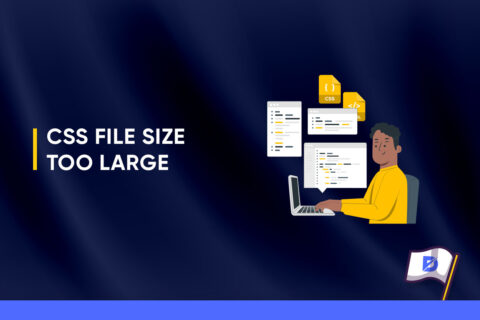Technology continues to attract attention for its speed, efficiency, and high performance. As technology advances, the development of programming languages also accelerates, providing various benefits to businesses. One such language that plays a crucial role in data exchange is the XML file.
An XML (Extensible Markup Language) file allows your company to interact seamlessly with suppliers’ and partners’ data. Let’s explore what XML is and how it works.
New Technology XML File
XML stands for Extensible Markup Language. It was developed and standardized by the World Wide Web Consortium (W3C) in 1996 to provide a readable and machine-understandable way to represent data. Unlike HTML, which defines how content is displayed, XML focuses on organizing and storing data. It is versatile, supporting multilingual documents and Unicode, and uses namespaces and schemas to ensure data is properly structured. These features make XML an ideal choice for managing and exchanging structured data across different systems.
The History of XML File
In the early days of the internet, businesses needed a way to exchange structured data. The first markup language, SGML (Standard Generalized Markup Language), was created in the late 1980s to address this need. However, SGML was too complex for web use, leading to the development of HTML (Hypertext Markup Language) for creating web pages.
While HTML was a simple solution for presenting web content, it had limitations when it came to data storage and transfer. This led to the creation of XML in the mid-1990s as a subset of SGML. XML allows developers to define custom tags to describe data, enabling more flexible and powerful data exchange between systems.
Use XML File Everywhere
XML can be stored as many different types of data in a single repository in their original formats and offers the benefits of accessing information quickly, easily, and independently of the environment. Besides, XML can keep unstructured information in the relational database.
Where is XML Used?
One of XML’s key advantages is its ability to store various types of data in a structured format, making it easier to access and share. Whether for web services, document storage, or database management, XML plays a critical role in industries like banking, e-commerce, and even printing, where jobs are controlled through XML commands.
The Benefits of XML File
Here are some benefits of XML files.

- Helps extract/backup all of your RSS feeds.
- Provides data transferring
- Helps you create, manage and then store all your data
- You can easily share, move and then publish your data with XML technology.
- Helps you to manage platform changes easily
- Greatly facilitates exchanging of information between computer networks
How to Use XML
Transferring data between different platforms can be complex, but XML simplifies the process by providing a standardized format. This markup language can store and transmit data in a structured way that both machines and humans can understand. XML is often used alongside HTML for web services, but while HTML focuses on display, XML ensures the data itself is well-organized and transferable.

Example of XML File
<?xml version="1.0>
<address>
<name> James King </name>
<contact>9593618756</contact>
<email>[email protected] </email>
<birthdate>1986-02-09</birthdate>
</address>Example of HTML File
<!DOCTYPE html>
<html>
<head>
<title> Page title </title>
</head>
<body>
<hl> First Heading</hl>
<p> First paragraph.</p>
</body>
</html>Key Differences Between XML and HTML
Although both XML and HTML are markup languages, they serve different purposes. HTML is primarily used for displaying data on web pages, whereas XML focuses on defining data and its structure. Unlike HTML, XML is not limited to web use and is designed to be self-descriptive, which means it can store data in a more flexible way.
Advantages and Disadvantages of XML
Let’s examine the advantages and disadvantages together.
Advantages include:
- Extensibility: XML is adaptable, allowing you to create custom tags.
- Data safety: XML ensures safe data storage and transfer.
- Platform independence: XML enables seamless data sharing between different systems.
Disadvantages include:
- Verbosity: XML’s syntax can be verbose and redundant.
- Complexity: XML can be more complex and harder to read than other formats.
- No array support: XML does not natively support arrays.
Conclusion on the XML File Structure
XML is a flexible and powerful language that simplifies data exchange across systems. It supports a wide range of applications, from web services to document storage, making it a key tool in today’s digital world. While XML is not a replacement for HTML, it complements it by offering an efficient way to manage and share data.
Frequently Asked Questions About
The XML file is a new technology to attract users to create new, plus it is also a language. This strong file also facilitates data exchange on the web or between any two programs since it defines the data in a standard way.
XML is a language, but it is not a substitute language for HTML. HTML is just one of the types of language that can be used for describing a regular document, such as titles, different types of text, lists, figures, and pictures. The XML file is also designed specifically for self-describing.
1. Provide extensibility 2. This file support unicorn3. Keep data safely and transfer data without affecting data presentation 4. It makes very easier while sharing data between various system
1. Syntax of the XML file is verbose and redundant2. It doesn’t support an array.3. Less readable and more complex
1. Bank transaction2. E-commerce & E-business3. Printers use XML format for controlling the job.





No comments to show.